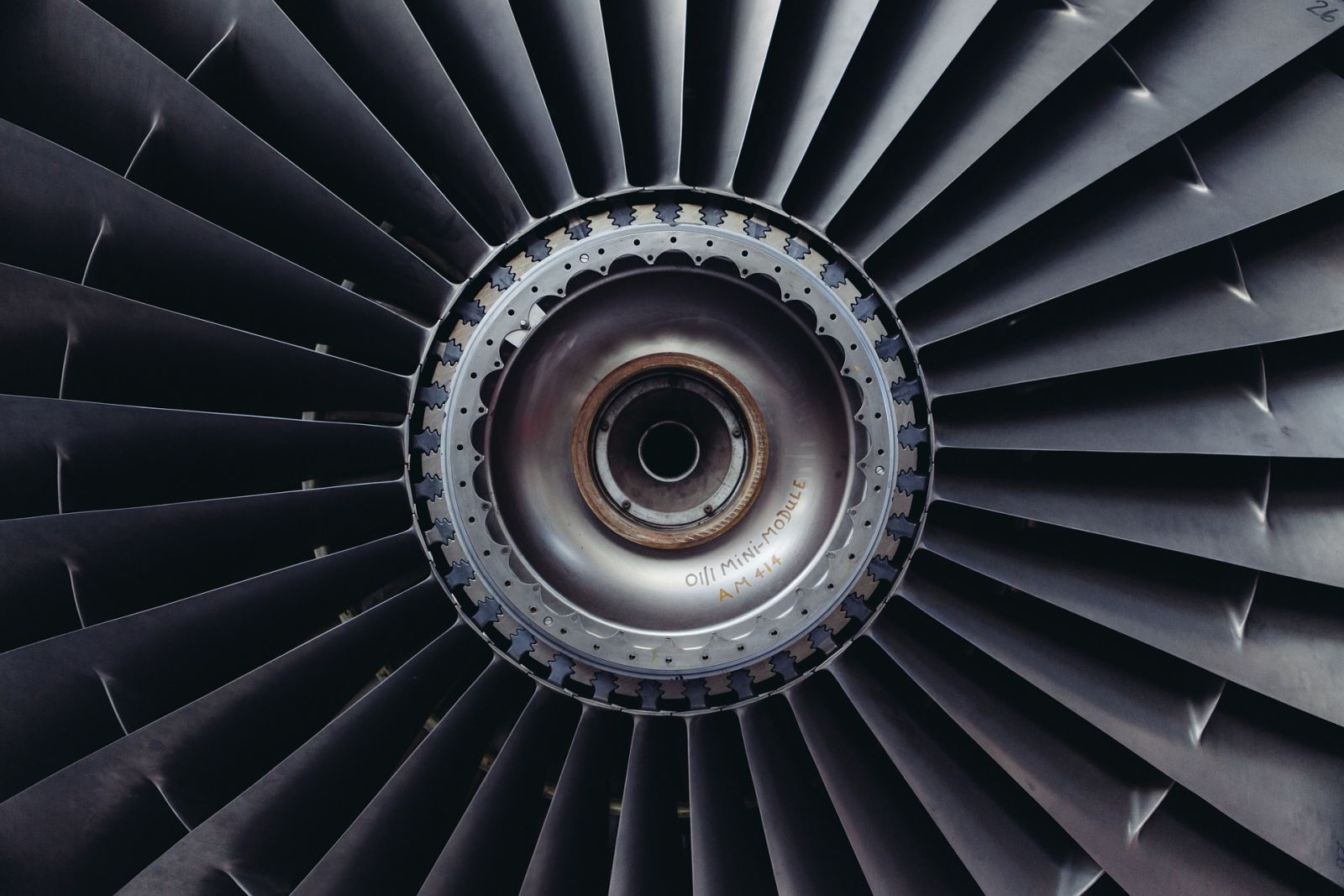
April 2, 2024, was a big day in U.S. corporate history. That was the day one of the most storied conglomerates in the U.S. - General Electric - completed its break-up. GE spun out its power and renewable energy business, GE Vernova (GEV), through its listing on the NYSE.
This followed the spinoff of GE Healthcare (GEHC) in January 2023, which listed on the Nasdaq. What remains is GE Aerospace (GE) - a company focused on the aerospace market that is still run by chairman and CEO Larry Culp, the former Danaher (DHR) chief.
Culp had masterminded the transformation of GE - erasing more than $100 billion off its debt pile, and then sketching out the plan for the split of GE three years ago. So, it makes sense that he has stayed on to run the crown jewel of the old GE conglomerate.
Booming Business at GE Aerospace
GE Aerospace is by far the largest maker of jet engines in the world, with $32 billion of adjusted revenues. Its output accounts for about 44,000 commercial aircraft engines - or almost half of the global fleet!
In addition, the company has a defense and propulsion technologies arm that has around 26,000 engines in service. These engines power General Dynamics’ (GD) F-16 and Boeing’s (BA) F-15 fighter jets, as well as the latter’s Apache and Sikorsky’s Black Hawk helicopters.
Both sides of GE Aerospace’s business are doing quite well, thank you. Increased defense spending in the U.S. and Europe looks set to push global military expenditures from $1.8 trillion last year to $2.1 trillion by 2028.
However, it's the commercial aerospace side of GE’s business where the big money will be made over the next few years. The Airbus (EADSY)-Boeing duopoly are currently trying to ramp up production of narrow-body planes to fill orders that stretch all the way into the 2030s.
At an investor day in March, Culp said: “We really are at a point in time where demand isn't our challenge.” No kidding!
GE’s engine portfolio includes the workhorse CFM56, which has powered older Airbus A320 and Boeing 737 models since 1982, and is giving way to the CFM Leap on A320neo and 737 MAX planes.
The CF6 entered service in 1971, powering wide-bodies from DC-10s to Boeing 747s and 767s to the Airbus A300 family. Its successor, the GEnx, powers 747-8s and 787s. The GE90 powers about half of the 777s flying today, and is giving way to the GE9X, which is destined for the Boeing 777X family.
GE Aerospace’s 50/50 joint venture with France’s Safran (SAFRY), called CFM, makes and services the CFM56 and Leap engines for narrow-body jets. The Leap engine is installed on a growing majority of the popular Airbus A320neo family. That should translate to the prospect of decades of profitable service revenue from GE’s large installed fleet of engines.
Buy GE Aerospace Stock
GE expects to achieve “low double-digit” growth in its revenue over the next two years, and for operating profit to outpace this, increasing from $5.6 billion last year to between $7.1 billion and $7.5 billion in 2025. By 2028, GE expects to be generating $10 billion of operating profit a year.
Morningstar says GE Aerospace has 30-year visibility into a lot of revenue and profitability, and they’re correct.
There is very robust demand for commercial jet engines. Over the next 20 years, the global commercial fleet is expected to grow by nearly 20,000 aircraft, with most of these being narrow-body planes powered by GE’s CFM Leap engine.
Between deliveries and eventual servicing of the Leap and ongoing profit flows from GE’s fleet of engines powering wide-bodies, GE Aerospace should see over $85 billion in free cash flow over the coming decade, much of which will be distributed to shareholders.
GE has pledged to hand back 75% of excess cash to shareholders through dividends, and up to $15 billion in buybacks over the next three years.
Morningstar said, “We assign the jet engine maker a wide economic moat rating based on the technical complexity of its products and the specialized know-how it has to design, build, and service them, as well as engines' very long product cycles and some service contracts that imbue switching costs for GE Aerospace’s customers.”
Another big plus for the company is the fact that almost two-thirds of its engines are in their mid-life range (between 6 and 20 years old). That is considered to be the “sweet spot” in terms of higher-margin aftermarket servicing revenues.
GE Aerospace already has industry-leading operating margins, approaching 20%. I believe these margins will expand even further in the years ahead.
There seems to be nothing but fair skies ahead for GE Aerospace. Buy GE at its current price of $155 per share.








